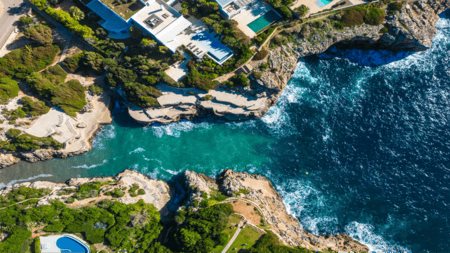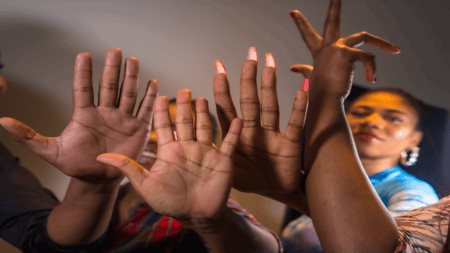Shark attacks commonly occur at idyllic beaches and pristine marine reserves, where natural and tranquil surroundings attract leisure activities. Such locations are also popular with holiday makers and visitors from upcountry who either rent holiday homes or invest in property for rent during holiday periods.
Many of the beaches where incidents have occurred such as Clovelly Corner in Fish Hoek, Cape Vidal near St Lucia, and Palm Beach near Port Edward are located at pristine river mouths and estuary environments. Because these are areas where food and fish flow in and out of the ocean, making it an abundant feeding resource, marine biologists repeatedly advise against ocean activities in such places.
Statistics published by Stop Shark Cage Diving.com reports that in 21 years SA has seen 112 attacks, of which 23 were fatal, with an average of 5.33 occurring annually, and only 1.1 fatal incidents per year. This year the country saw eight shark attacks, two which took place in the Western Cape at Clovelly in Fish Hoek, and Look Out Point at Plettenberg Bay near Knysna and Port Elizabeth. The three incidents occurring in KwaZulu Natal took place at Aliwal Shoal near Umkomaas, Palm Beach about 12 kilometres north of Port Edward, and Cape Vidal at Levan Point near St Lucia. A further two incidents were reported in the Eastern Cape at Cintza Beach in East London, and Second Beach at Port St Johns. As some of the country’s most spectacular beaches, these venues are popular with regular visitors and holidaymakers for activities such as shallow and long distance swimming, surfing, kayaking, paddle boarding, and spear fishing.
Last week’s incident at Clovelly in the north eastern corner of Fish Hoek beach along the False Bay coastline is also where the 12 km Silvermine river flows into the sea via an estuary and wetland areas. The other most recent fatal attacks near this area took place at Fish Hoek beach in 2010 and in 2004, one of False Bay’s most popular holiday towns and beaches.
Another area to have experienced a fatal attack took place in August at Look Out Beach, one of Plettenberg Bay’s many pristine beaches that sees large numbers of holiday makers and visitors from afar visiting holiday homes or rent holiday properties such as cottages and apartments. Plettenberg Bay is known as a famous seaside resort with other unspoilt golden beaches located at Beacon Island and Robberg.
Of the ten shark attacks in SA during 2009 of which four were fatalities, three occurred in the Eastern Cape at second beach Port St Johns when individuals were swimming, paddle boarding and surfing. Port St Johns has three beaches, first, second and third and at First Beach public warnings advise against swimming at the mouth of the mighty Umzimvubu River as a result of regular shark spotting in that area. Second Beach is located about 12 kilometers south of the town, and is ironically described as an idyllic bathing beach with a ‘very safe swimming’ environment due to its gentle sloping setting and full life saving team. And at Third Beach that comprises mostly rocks and rock pools, access can only be gained with a permit.



